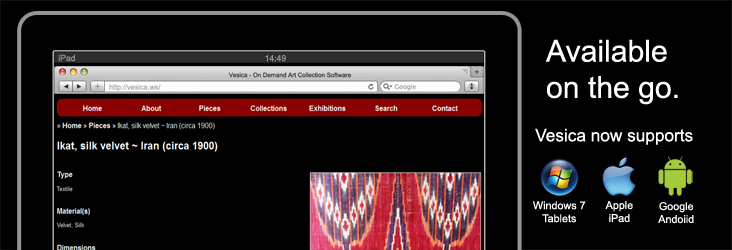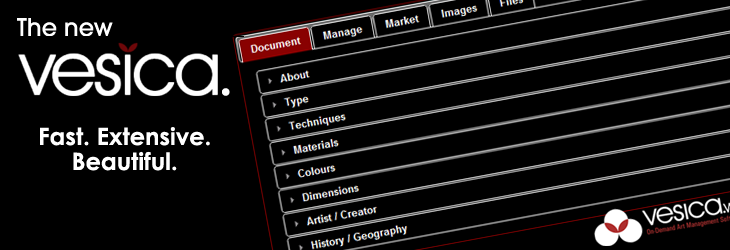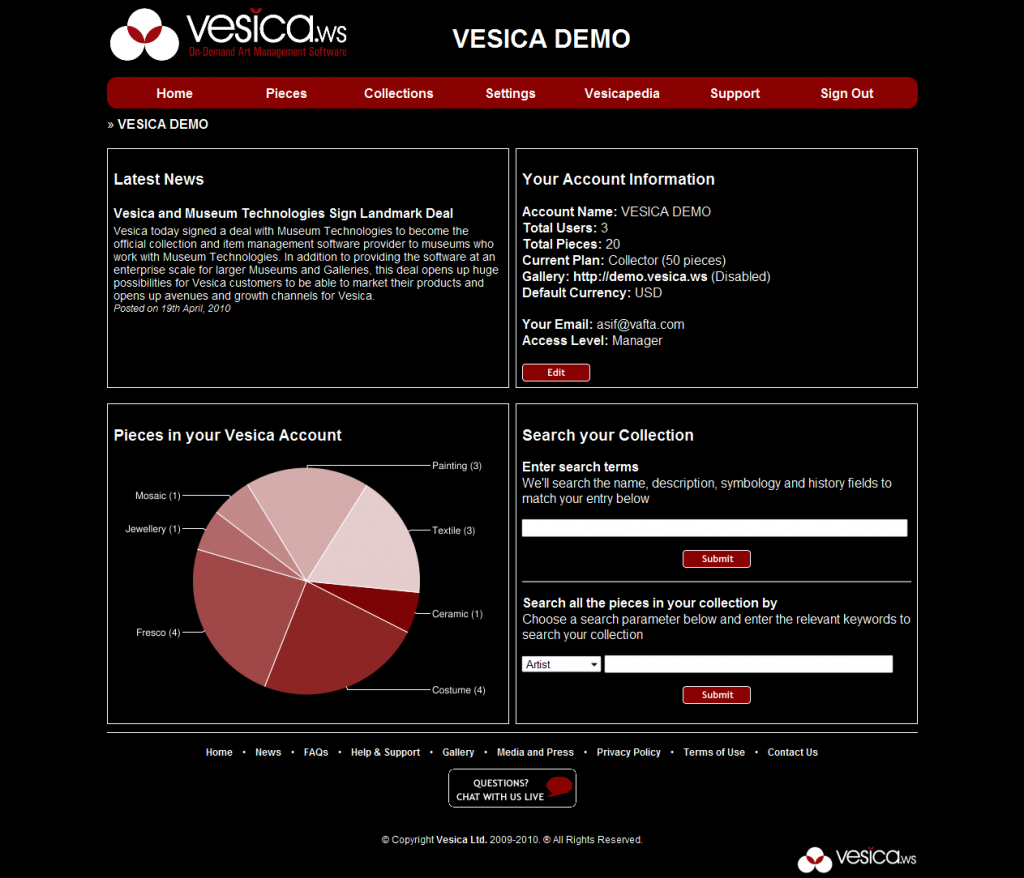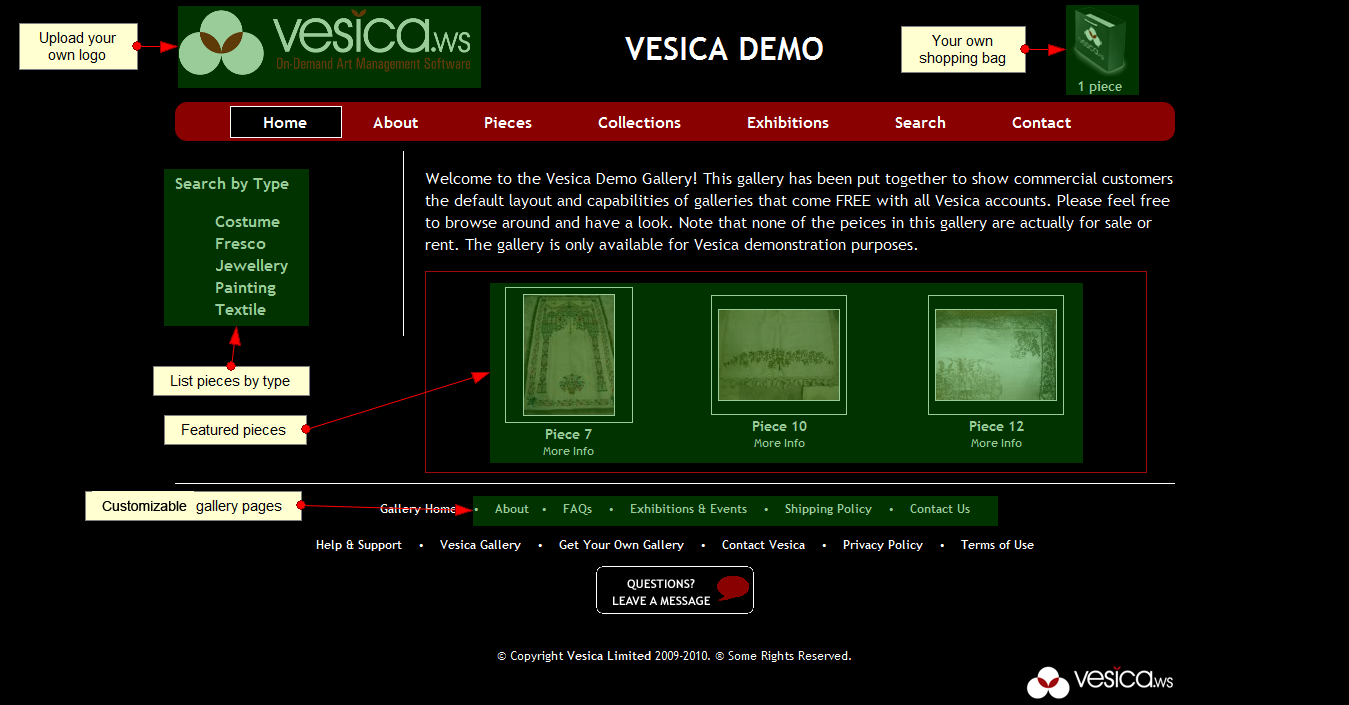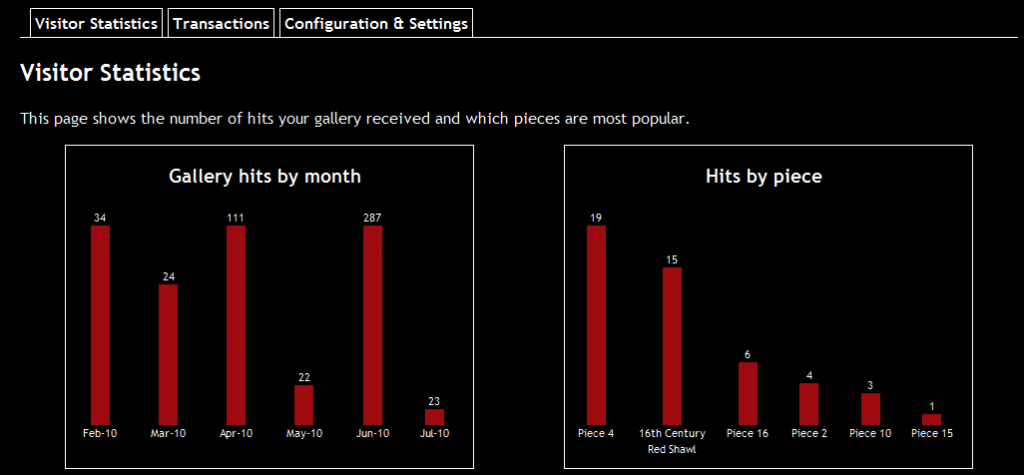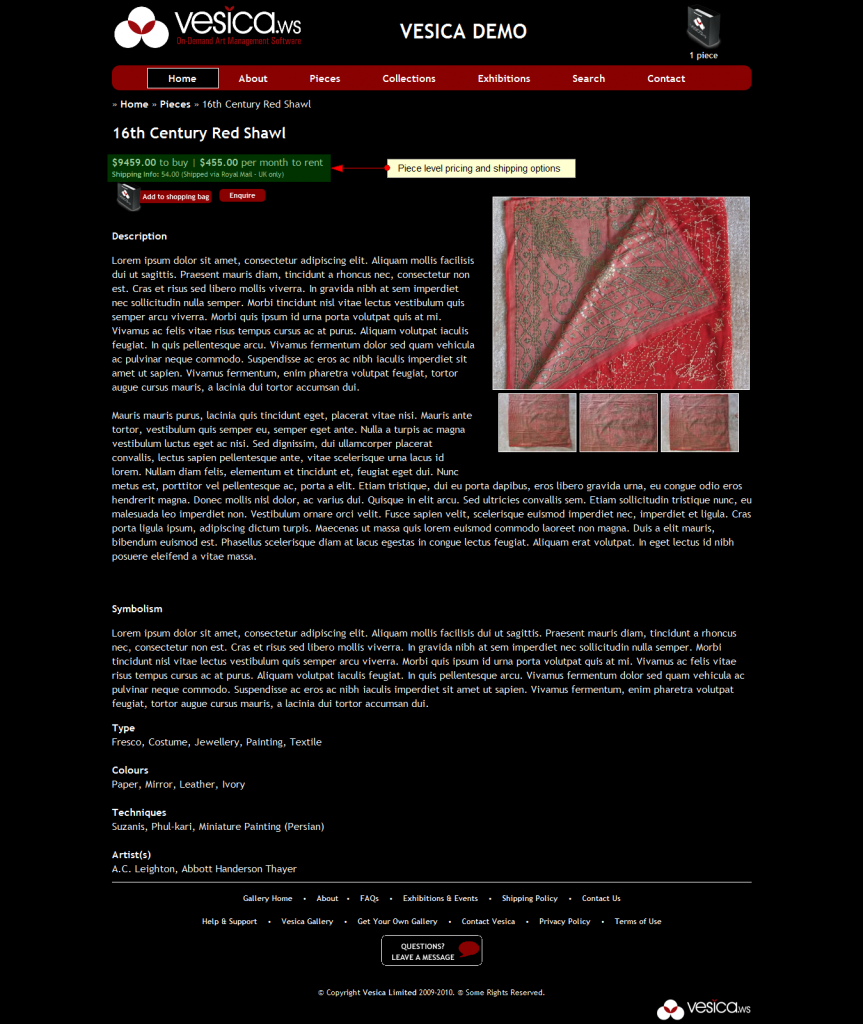2012 was the year that Vesica got a major infrastructure upgrade – 2013 is the year that the Vesica application will see major updates and upgrades.
The earliest of these will be the release of the new Vesica API in early May 2013. The new, RESTful API will be made available in different phases, first allowing primarily only GET requests, followed by PUT, POST and DELETE requests a few weeks later. Those using the existing, XML based API should look to switch over at the soonest as the existing API will eventually be faded out in December, 2013. The new API offers improved performance and flexibility and provides access to much more detail than the existing one. More information on this in the coming week along with a URL to the documentation.
We’re also rolling out a major architectural upgrade to the application on June 1, which will be followed by several new feature releases, including the log awaited bibliography / research tab, media sharing and more. The June 1 release will also see us fading support for IE 7 (and soon to follow, IE 8). IE 9 and IE 10 offer improved functionality, but the recommended browsers are IE 10 and any of the last 3 releases of Google Chrome or Firefox. Whilst you will be able to sign-in with older versions of Chrome and Firefox, please note that after June 1 you will no longer be able to sign-in to Vesica with IE 7 and on September 1, we will also retire any support for IE 8. This is because we would rather support development of newer features instead of compatibility with legacy browsers.
As always, if you have any questions, please comment here or get in touch with the support team at https://vesica.ws/support/.
————— Subsequent update —————-
The new API was rolled out in May as planned and documentation is now available on https://vesica.ws/developers/.
IE7 is no longer supported.
We’ll keep the blog up-to-date with further new releases (watch this space)!.






